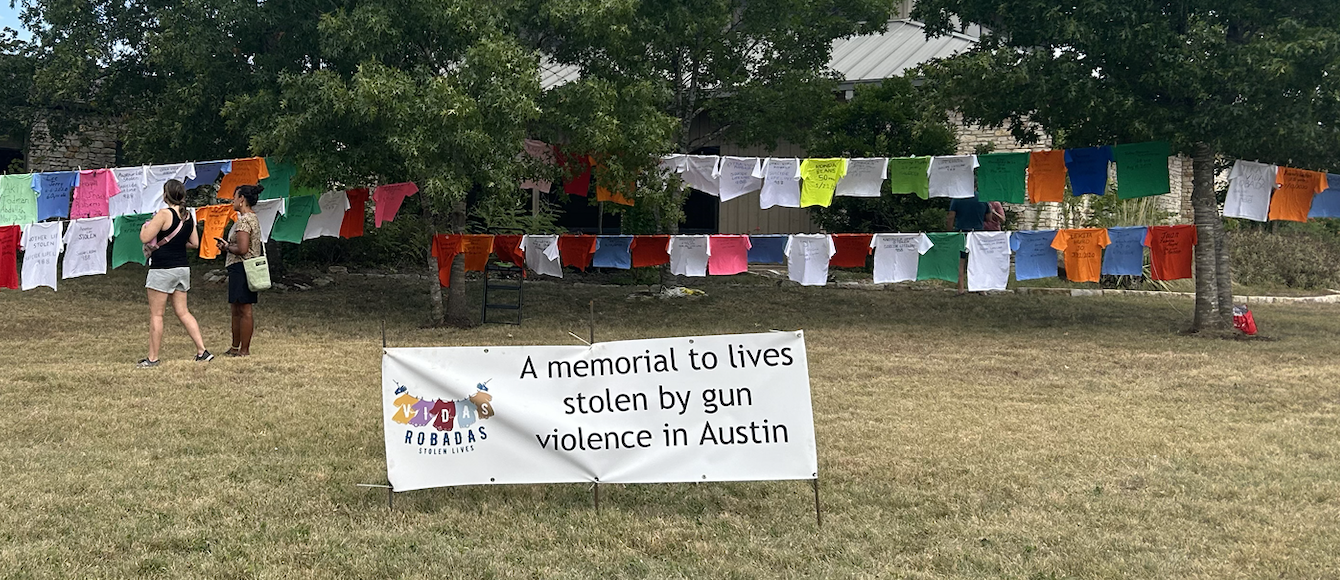
When I hear presentations on gun violence in America often they mention rising gun violence rates as evidence of America’s need for reform. The logic is sound – a rising number of deaths is clearly an indication that something is wrong. However, preliminary data for 2023 show a steady decrease in gun violence following the major spike seen during the coronavirus pandemic. What does this mean for the gun violence prevention movement?
The first big takeaway – gun violence prevention measures seem to be working.
So much of the data on gun violence prevention is new. For instance, federal research by the Center for Disease Control (CDC) and other health agencies didn’t restart until 2019. A lot of gun violence prevention policies like Red Flag laws, safe storage requirements, and gun trafficking offenses have only recently been implemented at the state or federal level, and even then to varying degrees. Results have been inconsistent across state and political lines due to this patchwork of legislation. However, city initiatives, which have been used in both conservative and liberal states, have shown a lot of promise.
According to the data released by the FBI, the biggest decrease in violent crime has been seen by cities. Several, including San Antonio and Dallas, have adopted new violence reduction plans that are based on strategies that have been around since the 90s. These particular plans are cherry-picking best practices that tend to hyper focuses on violent hot-spot. In these targeted spaces police are using a mix of patrolling to act as deterrents and having trusted community members, often members of community violence intervention programs, work to squash issues before they turn violent.
Community violence intervention programs identify trusted community members to proactively locate pockets of tension to intervene before a situation turns violent. Such programs in San Antonio and elsewhere have shown so much promise that CVI organizations continue to be a major priority of the White House Office of Gun Violence Prevention. The Office of Gun Violence Prevention, among many other actions, is seeking to invest in CVI programs across the country.
Some cities have mimicked the white house to create their own office of gun violence prevention, like Austin. These offices often work to create holistic community initiatives that bring in a variety of partners to the table such as healthcare workers, police, CVI organizations, and the faith community. More cities still, like Houston, have created flexible first responder systems that better incorporate mental health professionals and social workers into their calls. The work appears to be paying off.
However, despite these promising new trends, the situation isn’t all rainbows and sunshine.
The second big takeaway – there is still more work to be done.
Now this shouldn’t be a huge surprise, but gun violence in America hasn’t been solved. There are some serious other factors to consider when looking at national trends.
First, the most vulnerable are still dying. Mass shootings are still on the rise and kids are still being shot at record-breaking rates. Not only that but black and brown communities still experience dramatically disproportionate levels of gun violence. These populations deserve continued support until we are all safe.
Second, we are still a far cry away from peer countries. Declining trends are a great sign that we are on the right track, but we still have a long way to go before our gun violence levels are comparable to peer nations, especially when it comes to youth deaths.
Third, crime rates are notoriously complex. A variety of social, political, and economic factors can affect them. Current declining trends could be due to a variety of initiatives that may or may not sunset at some point. Major unforeseen world events like a global pandemic could throw trends off the rails at any point. There is no guarantee that crime trends won’t reverse until we create a more comprehensive set of safeguards. It has to be harder to kill someone in America.
That means we have to continue to work for legislation that addresses access to firearms as well as investing in community initiatives. There needs to be better regulation of firearms in public to minimize opportunities for violence or mass shootings. We need safe storage laws that prevent theft of firearms, accidental shootings, suicides, and school shootings. And there needs to be legislation like universal background checks and required licensing to ensure that only responsible citizens have access to firearms.
These initial trends are so encouraging. They demonstrate growing national momentum. But they also show that we can’t let up now. Lives depend on it.
